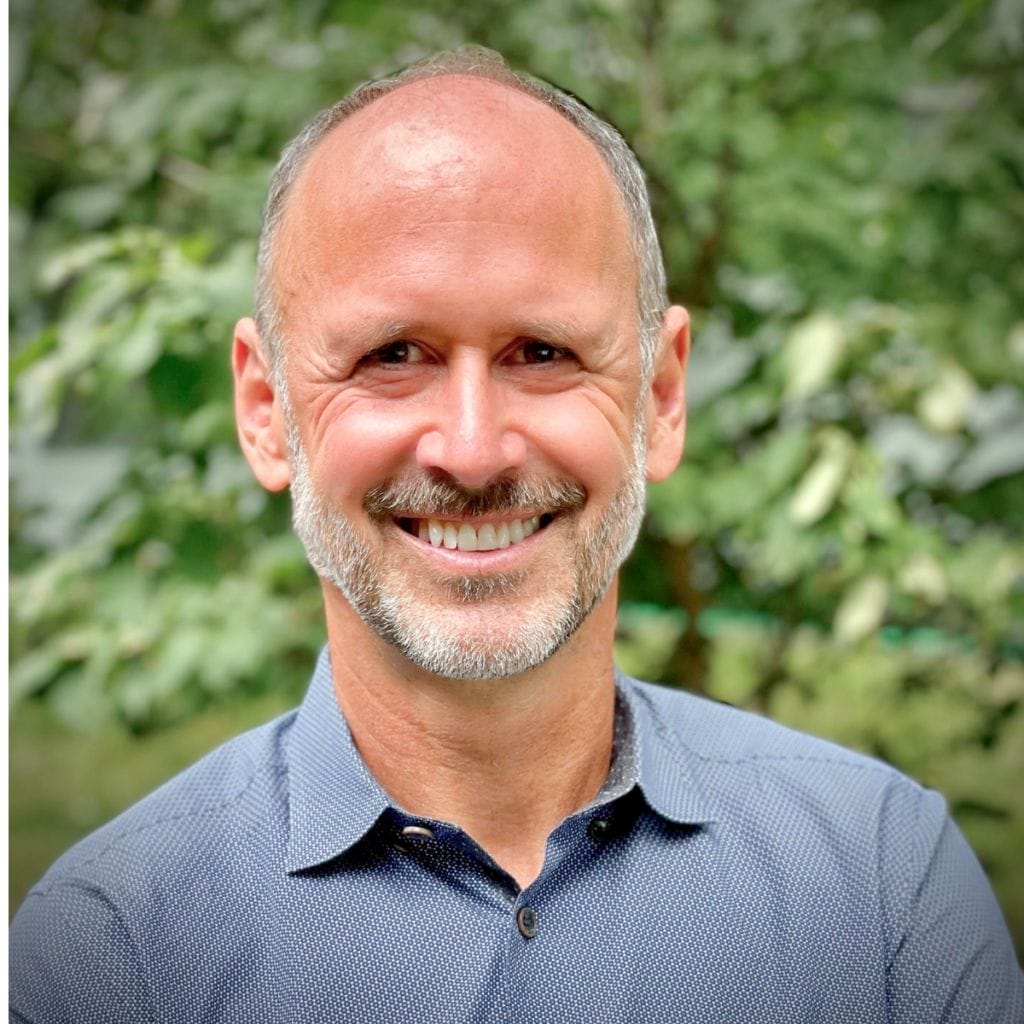
The big news that PepsiCo, Inc. has entered into a definitive agreement to acquire SKU alum Siete Foods for $1.2 billion rocked the CPG world. It was some much-needed positive news at a time when CPG investment and M&A activity have been slow.

Many founders hope the Siete deal will jump start interest in emerging brands, both among investors and strategics. But how much impact will a deal like this have?
Although it’s much too early to tell, we surveyed several investors in the SKU community to get their take on the effect of deals like this – both tangible and intangible.
Unlocking Potential

Alex Bodney, a partner with Austin-based Midnight Ventures, believes big deals like Siete can have a positive ripple effects.
“Any time that liquidity is created in our ecosystem, it’s a good thing,” says Bodney. “The excitement isn’t just for Siete’s success but for the potential it unlocks.”
A big acquisition can serve as a barometer – a sign of more deals to come.
“Pepsi’s acquisition of Siete – as well as Mars’ recent announcement to acquire Kellanova – shows consumer M&A market is starting to come back around,” says Bader Alam, managing partner at Austin-based Full Frame Growth Partners and a former principal at CAVU Consumer Partners. “Add to that the recent interest-rate cut and there’s optimism around dealmaking picking up heading into 2025,”
The End of “Cheap Money”

But don’t expect the floodgates to open all at once. There are still so many other factors impacting the investment market right now preventing any dramatic shift in the near term. The upcoming election and ongoing conflicts in the Middle East and Ukraine add layers of uncertainty, making many investors hesitant to act boldly.
“It is an extremely difficult time to raise money due, among other things, to the higher interest rates which have made the cost of capital higher,” says former Whole Foods CEO and CPG investor Walter Robb, adding that the era of “cheap money” has come to an end.
And the deals that are likely to happen are likely to be with more mature companies that have real earnings and are more established with product market fit, says Robb. Siete meets these criteria.
Strategics also look for brands that help them expand their offerings in key categories. For Pepsico, the acquisition of Siete enables it to expand its multicultural portfolio with a brand that has gained a loyal and growing following.
“”The Garza family has built a very special brand,” Ramon Laguarta, Chairman and CEO of PepsiCo, said at the time the deal was announced.
Siete was founded in 2014 in Austin by the Garza family, who wanted to create healthy versions of their favorite Mexican-American foods. The brand’s products now span meal and macro snack categories, including grain-free tortillas, sauces, seasonings, beans, chips, salsas and cookies. Siete is expected to hit $200 million in annual retail sales this year and its products are sold in more than 40K stores across the U.S. and Canada, including retail giants like Walmart, Target and Whole Foods.
“Clearly, Siete shows that the market is open for larger well-established profitable companies,” says Robb.
Bringing Innovation to the table
SKU mentor and investor Matthew Mitchell predicts that companies will be looking at mid- to large-size startups who can offer the innovation they might be lacking.

“For the past several years, corporates have played it safe, and thus their internal efforts will always be challenged to connect with influencer consumers,” says Mitchell. “However, startups have the unique ability to build from the ground up and connect with the right audiences. Thus, they need the ground-building efforts that entrepreneurs provide.”
Mitchell says the challenge will be identifying the tipping point from early adopter to mainstream – the moment when strategics want in and entrepreneurs can get a good return on their efforts.
In good times and bad, the fundamentals of what makes a brand attractive stay the same.
“I like to see a capable and passionate founder along with a commitment to a good team and an orientation to commercial success and a purpose-driven impact on the category and the world,” says Robb. “

